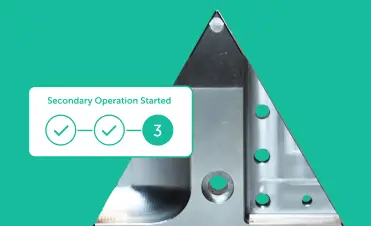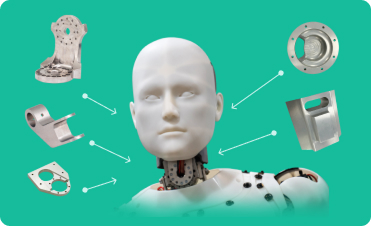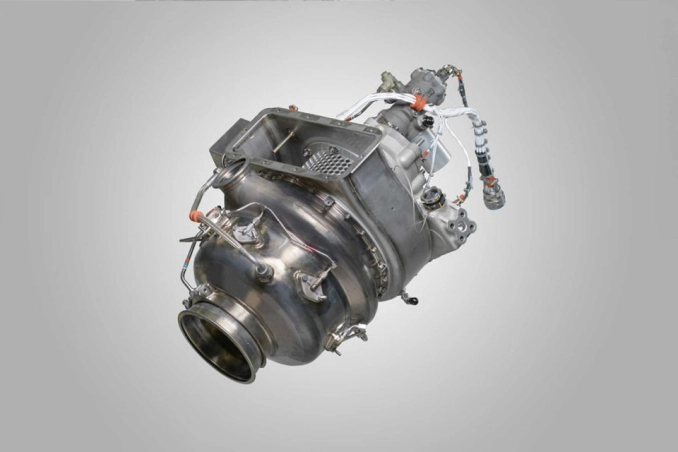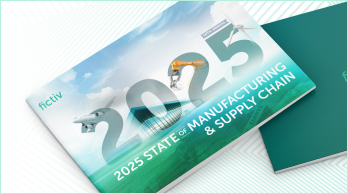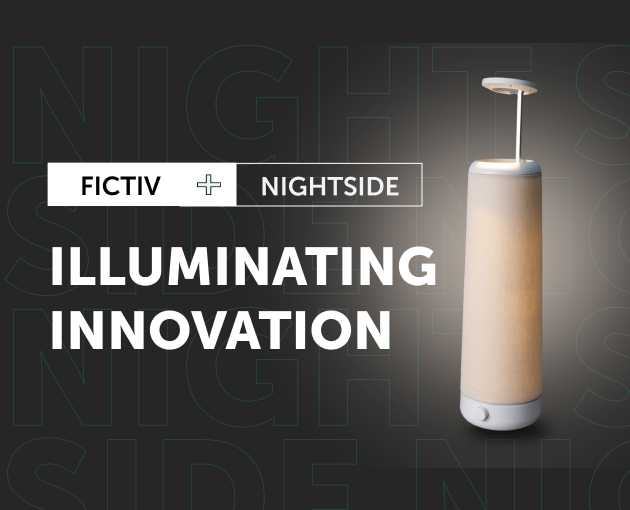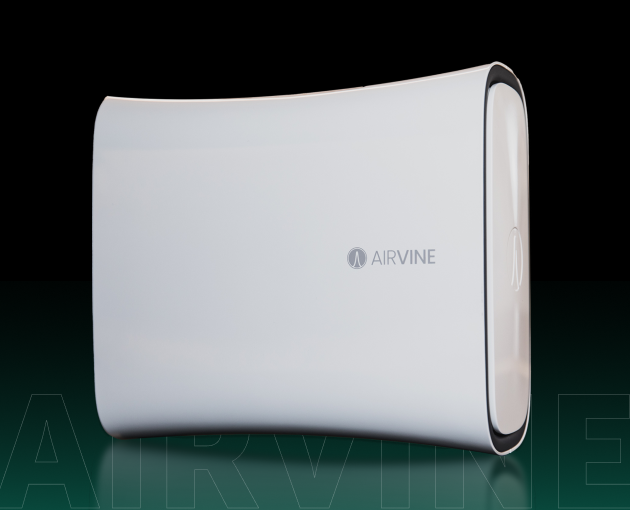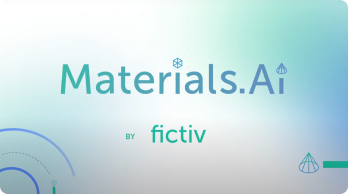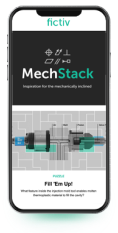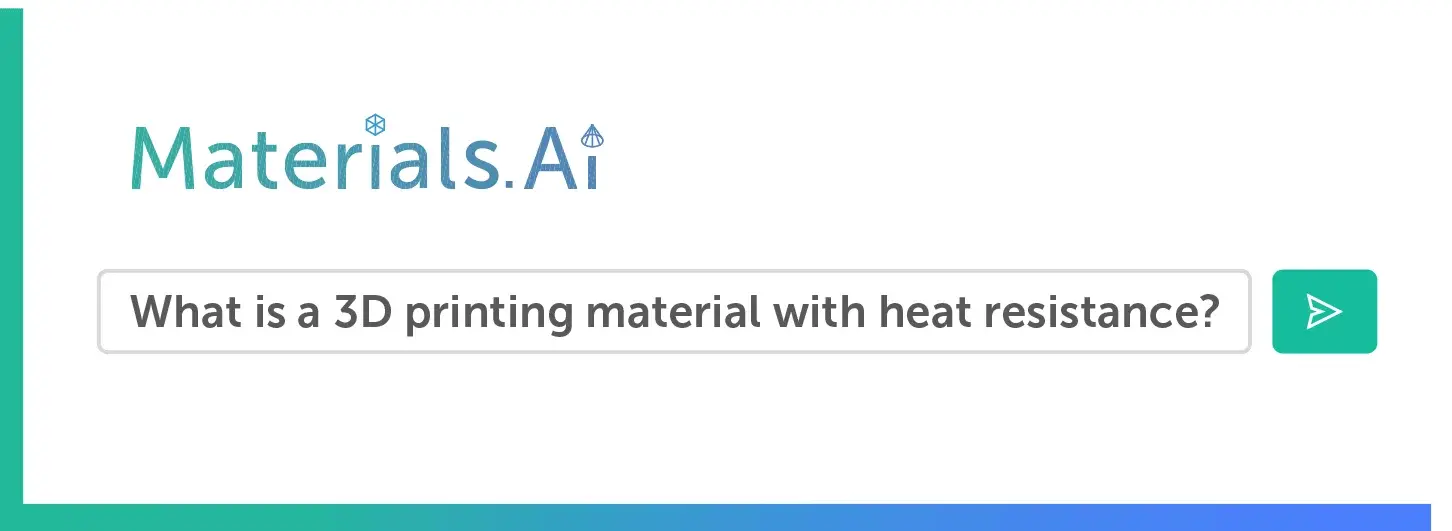Time to read: 9 min
So you’ve got a great idea for a new product, have a design ready, and can even picture it on store shelves. Now what? Many product designers look to 3D printing to test their ideas and get a sample in their hands relatively quickly and inexpensively.
As 3D printing expands into professional and industrial use, demand grows for high-quality, versatile, and cost-effective printers. The best 3D printers in 2025 offer advancements in speed, resolution, and material compatibility, making it a better time than ever to explore 3D printing. Balancing quality, materials, and cost is essential in choosing the right 3D printer, whether for personal, prototyping, or industrial use.
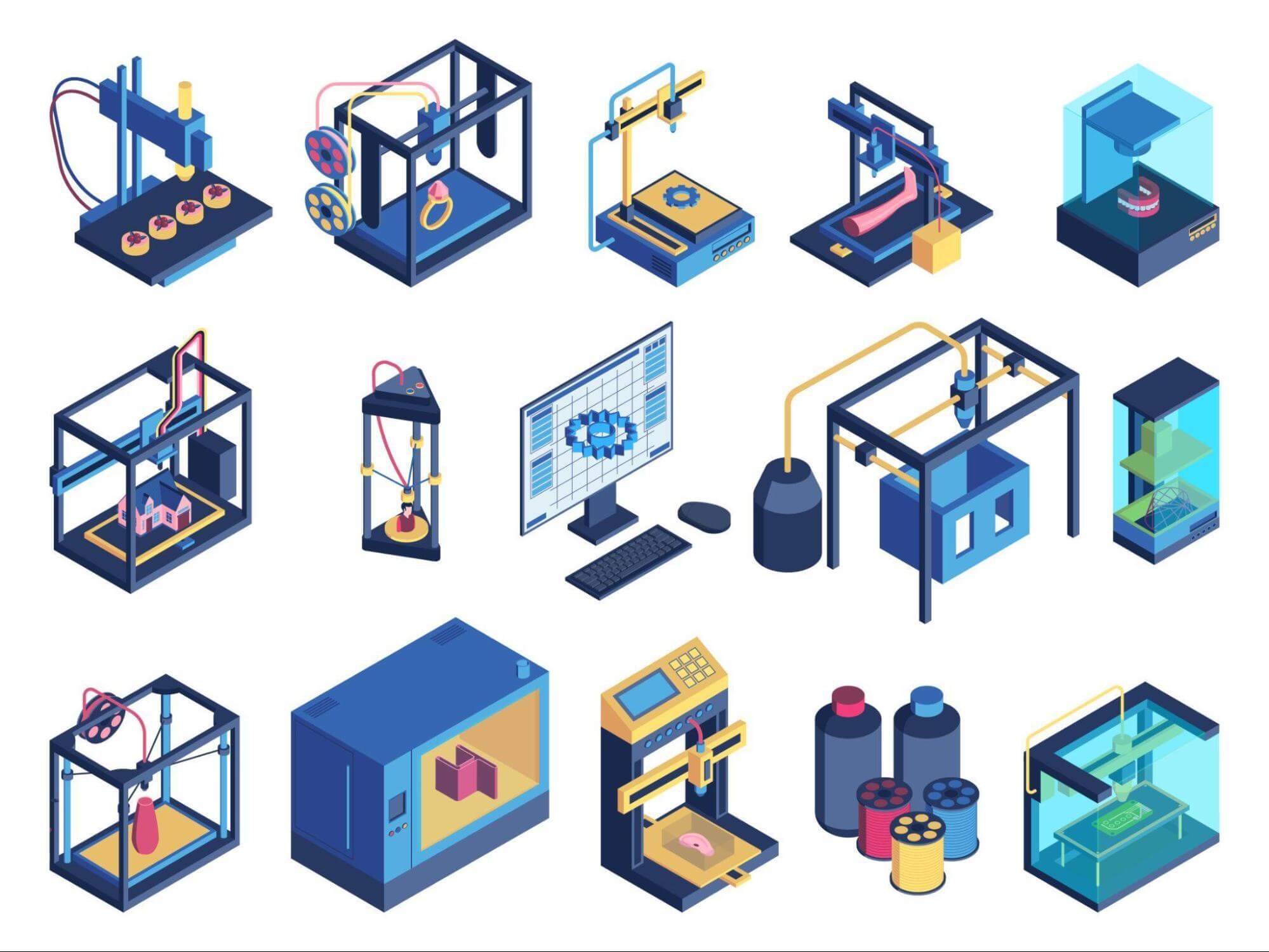
This guide will help you navigate through some of the best 3D printers of 2025 and offer insights into selecting the perfect printer based on factors like print quality, material compatibility, and price.
If you don’t have the right 3D printer, Sign up today to leverage Fictiv’s 3D printing services and get a quick quote on your design.
Key Factors to Consider When Choosing a 3D Printer
When choosing a 3D printer, several key factors should be considered to ensure that it meets your specific requirements.
Printing Technology
Different 3D printers use various technologies to create solid objects. The technology you choose will determine the material compatibility, print quality, and cost. Standard printing technologies include:
- Fused Deposition Modeling (FDM): A popular and budget-friendly 3D printing method that uses thermoplastic filaments and is ideal for beginners and prototyping
- Stereolithography (SLA): Uses liquid resin cured by UV light, producing high-detail prints with smooth finishes. Commonly used for small parts, jewelry, and intricate designs
- Selective Laser Sintering (SLS): Utilizes a laser to fuse powdered material into solid parts. Best for functional prototypes and durable components
- Digital Light Processing (DLP): Similar to SLA but uses a digital projector to cure resin, making the process faster. DLS is a variant of DLP technology
- Multi Jet Fusion (MJF): Employs a binder and heat to fuse powder into solid parts. Often used in industrial applications and functional prototypes
- Direct Metal Laser Sintering (DMLS): A high-end metal printing technique suited for high-performance parts and small batch production. Requires significant investment

Build Volume
Build volume refers to the maximum size of an object the printer can create, which varies by printer model:
- Small: Typically suitable for small prototypes, jewelry, or detailed parts
- Medium: Often ideal for prototyping, models, and functional parts
- Large-format: Best for creating large parts or working in industries like automotive, aerospace, or architectural modeling
If you plan to print larger objects or multiple items in one go, consider a larger build volume.
Material Compatibility
Different 3D printers are compatible with various materials. The material you choose affects the properties and applications of your printed parts:
- PLA: Common, easy-to-print, biodegradable, ideal for prototypes and hobbyists
- ABS: Durable, heat-resistant, often used for functional parts and end-use products
- PETG: Tougher and more flexible than PLA, suitable for parts requiring more strength
- Resins: For high-detail prints (SLA/DLP), used for figurines, jewelry, and dental applications
- Metals: Metals like titanium, stainless steel, and aluminum are used in industrial-grade 3D printers (DMLS, SLM)
- Composites: Filaments mixed with materials like carbon fiber or glass for stronger, more durable part
Ensure your printer supports the materials you plan to use, especially if you require specialized or high-performance materials.
Print Speed & Resolution
Finding the right balance between print speed and resolution is critical in 3D printing. Higher resolution produces finer details but slows down the printing process, while faster speeds shorten production time but can compromise precision. High-speed printers are suitable for higher volume production but may not offer the same level of accuracy as slower models. For intricate designs requiring a smooth surface finish, or small components, it’s important to prioritize resolution. On the other hand, when creating high-volume or rough prototypes, speed may take priority.
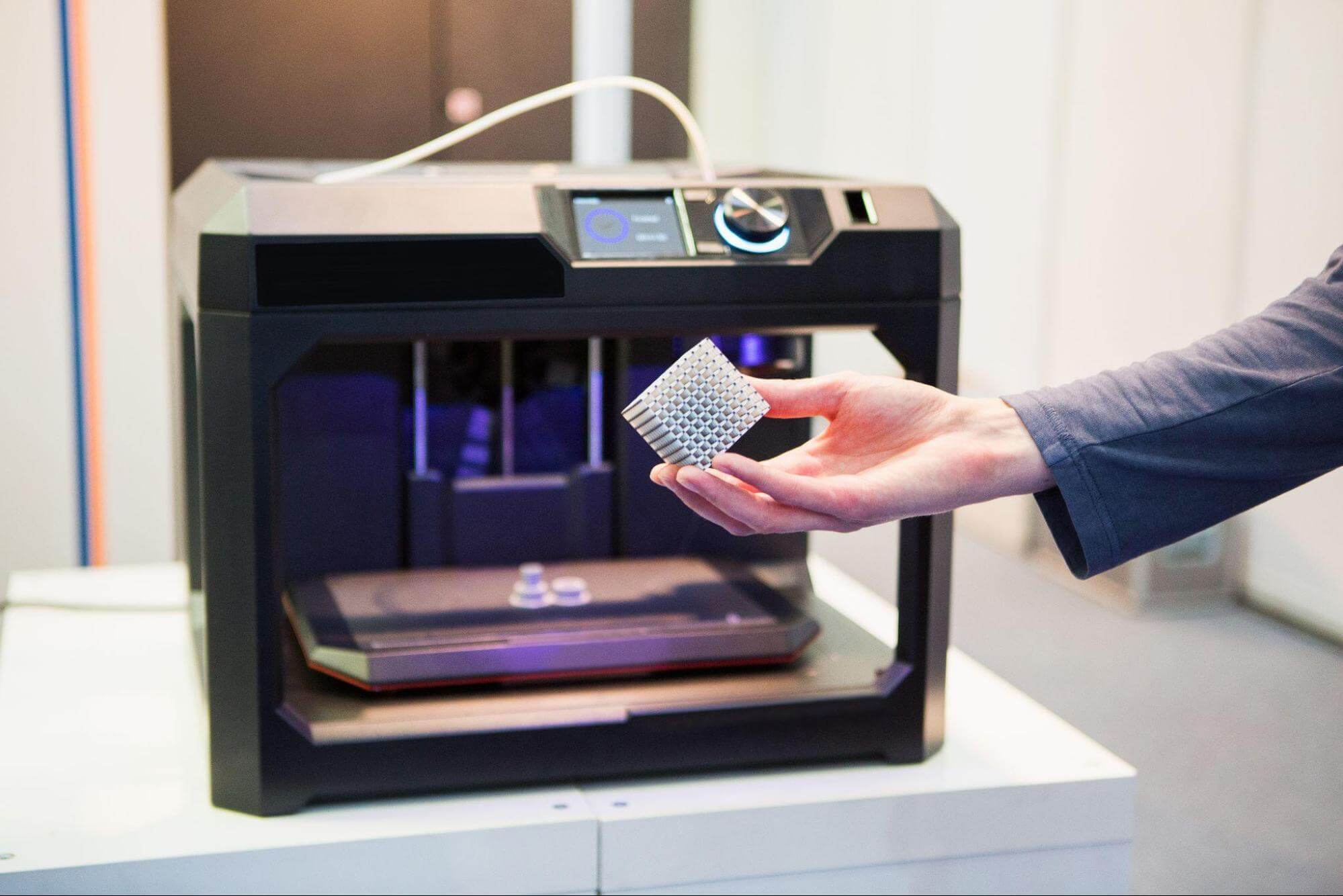
Ease of Use
When choosing a 3D printer, you’ll also want to consider ease of use and maintenance. It’s easy to overlook how long it may take to troubleshoot certain printers and clean the printed parts.
Beginner-friendly models offer features like automatic bed leveling, touchscreen interfaces, and plug-and-play setup for a hassle-free experience. If you are new to 3D printing, it’s best to choose models that have automatic calibration and come pre-assembled.
Advanced users typically prefer printers that provide customizable settings, precise calibration, and professional-grade features for better control. Experienced users may also appreciate printers that offer more customization options, allowing them to fine-tune their prints effectively.
Software & Connectivity
Software and connectivity options can significantly impact a 3D printer’s efficiency. Standalone models operate without a computer, while cloud-based printers enable remote monitoring and control. Some even integrate directly with CAD software for a seamless design-to-print workflow. Cloud-based printers offer convenience, but standalone options may be simpler to set up. Before deciding on a printer, ensure compatibility with your preferred file types and tools.
Best 3D Printers for Beginners and Hobbyists
For hobbyists and beginners, an affordable, user-friendly 3D printer with reliable print quality is key. Look for models that offer good value, easy setup, and features like automatic bed leveling and touchscreen interfaces.
Print reliability is crucial, so check real-world reviews for consistency. Decide between open-source printers, which allow modifications and upgrades, or proprietary models that offer easier maintenance but fewer customization options.
Top choices include:
- Creality Ender 3 V2 Neo: The best budget option for those starting with FDM printers. It’s easy to set up and modify, making it perfect for hobbyists on a budget.
- Anycubic Photon Mono X 6K: The top choice for beginners who want to dive into resin printing. It offers high-quality, detailed prints with ease of use, making it perfect for creators focused on precision.
- Prusa i3 MK4: The go-to for those who want a solid, reliable, and high-quality 3D printer with a good balance of ease of use and advanced features. It’s an excellent choice for users who want a professional-grade machine with robust support and upgradeability.
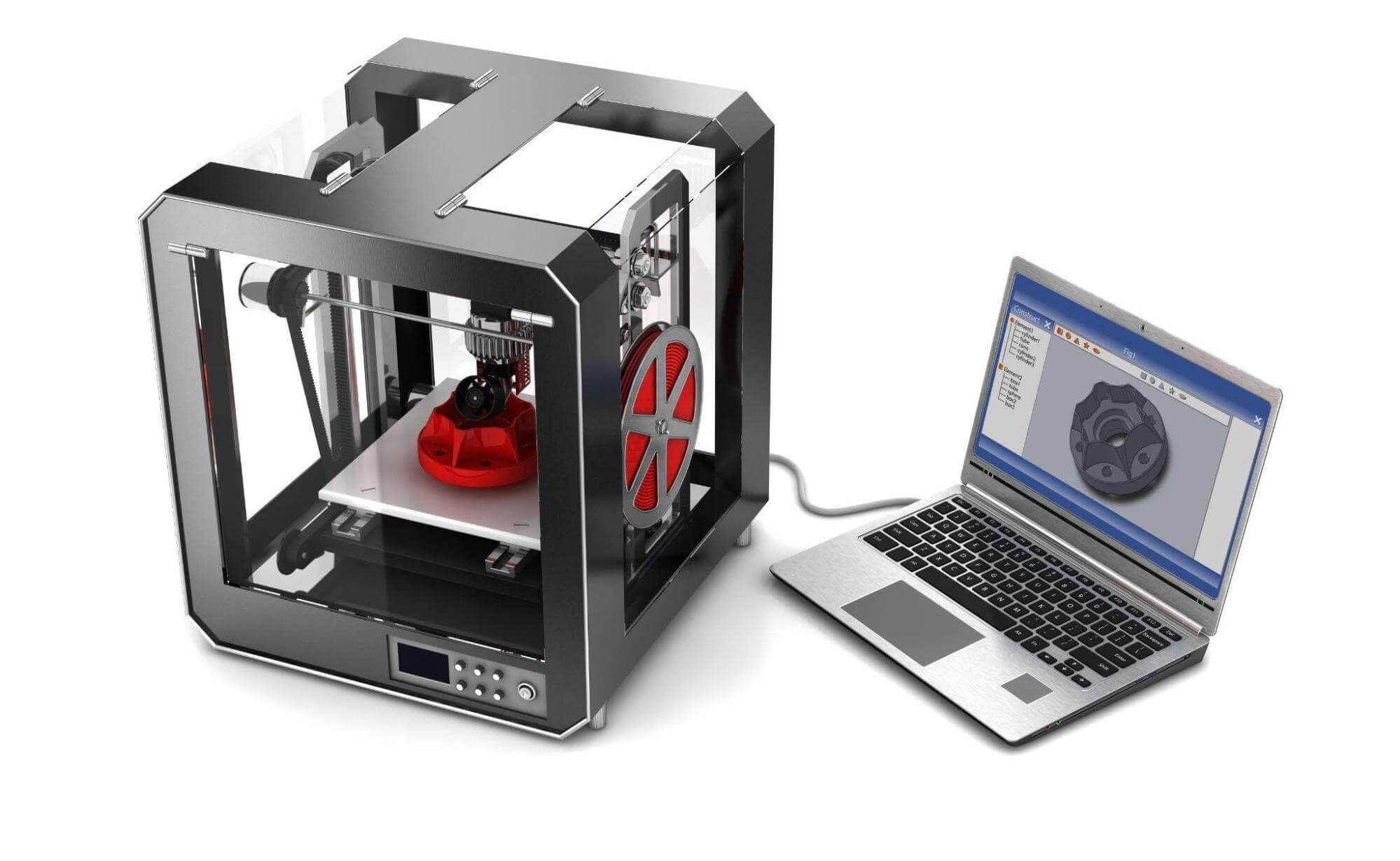
Best 3D Printers for Small Businesses & Professionals
Professional-grade 3D printers offer high-resolution prints, durable materials, and scalable production, making them ideal for businesses and professionals. They ensure precision for prototyping, production parts, and detailed designs while supporting a wide range of materials, including engineering plastics, composites, and resins.
For efficient scaling, these printers handle large or multiple prints without compromising quality. Key features to consider include dual extrusion, automatic bed leveling, multi-material printing, and heated print beds for enhanced versatility and reliability.
The top picks for professional 3D printers are:
- Bambu Lab X1 Carbon: The best high-speed FDM printer, ideal for businesses that need rapid production without sacrificing quality. It also offers LiDAR-based bed leveling and AI-powered print monitoring.
- Formlabs Form 3+: The top SLA resin printer for professionals seeking high-precision, high-detail parts, perfect for industries like jewelry, dental, and manufacturing.
- Ultimaker S5: Stands out as the best dual-extrusion printer for users needing multi-material capabilities, offering versatility in creating complex prototypes and functional parts.
- Raise3D Pro3 Plus: The best large-format printer for businesses, with a massive build volume and dual-extrusion features, suitable for large-scale production runs or printing large prototypes.
Best Industrial 3D Printers for High-Volume Production
Industrial-scale 3D printing demands large build volumes, high precision, and material versatility to meet the needs of industries such as automotive, aerospace, and medical manufacturing. These printers must support specialized materials, ensure reliable output, and efficiently scale production.
Key features include the ability to produce large or multiple parts simultaneously, high-resolution precision for exact specifications, support for diverse materials like engineering plastics, composites, and metals, and consistent, repeatable performance for both prototyping and mass production.
Top picks for high-production industrial 3D printers are:
- Stratasys F770: The best industrial FDM printer, with a massive build volume and strong material options that make it ideal for large-scale parts and prototypes in automotive and aerospace industries.
- HP Multi Jet Fusion 5200: The top choice for large-scale production with speed and efficiency, perfect for functional parts in industries like automotive and consumer goods.
- EOS M 290: The best metal 3D printer for industrial use, ideal for creating durable, high-strength metal parts for aerospace, automotive, and medical applications.
- 3D Systems Figure 4 Standalone: The best for high-speed production with fast printing capabilities and excellent precision, ideal for prototyping and mass production in industries like automotive and medical.
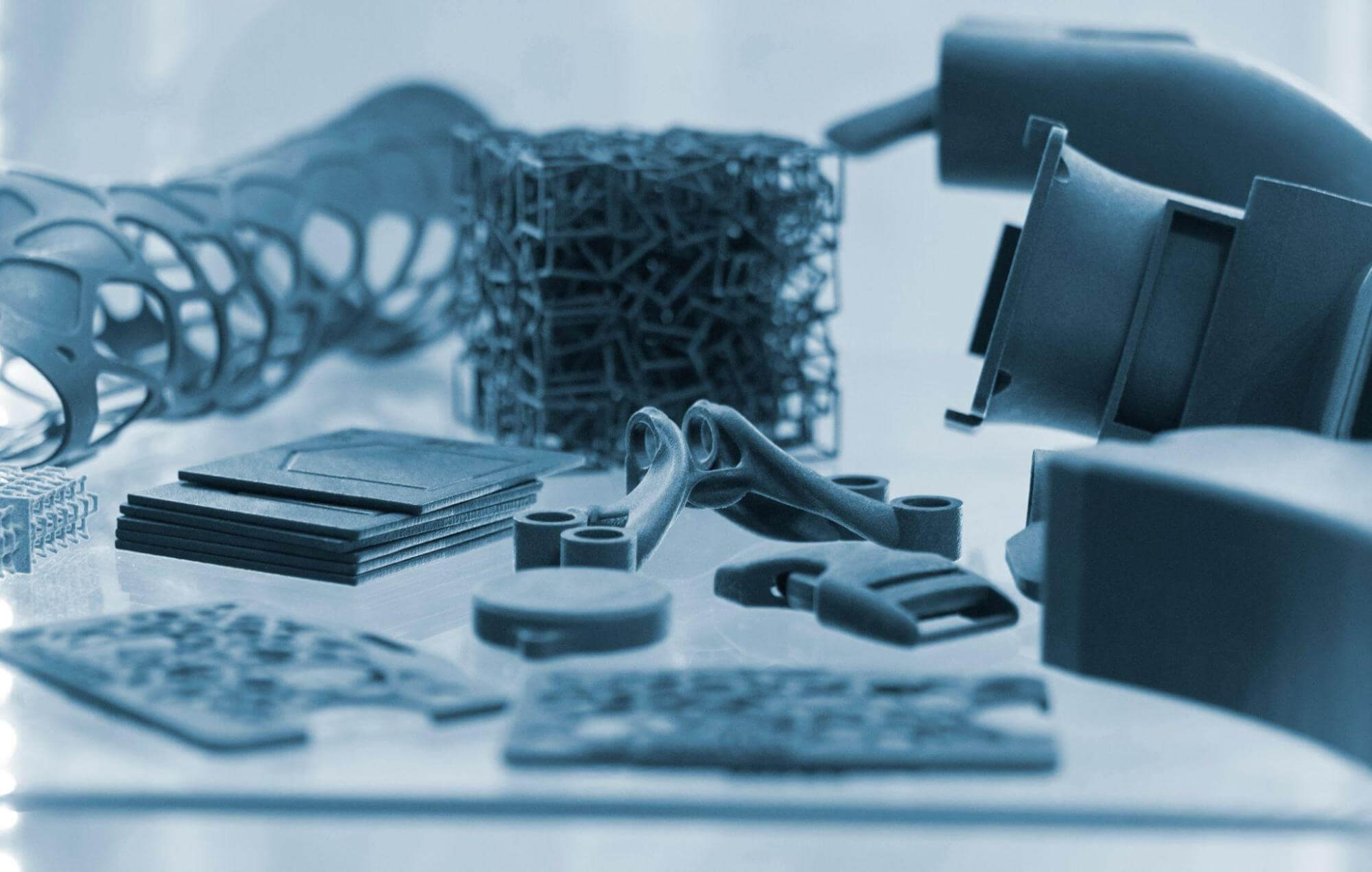
Best 3D Printers for Specific Applications
When selecting a 3D printer for specific applications, it’s essential to consider the unique needs of each use case—whether you’re focused on fine detail, large-scale prototyping, metal printing, or educational environments. Below are the best 3D printers for a variety of specific applications:
- Elegoo Mars 4 Ultra: The Elegoo Mars 4 Ultra is specifically designed to produce high-detail prints with excellent surface finishes, making it perfect for highly detailed miniatures, figurines, and model prototypes.
- Modix Big 60 V4: The ideal choice for users needing to print large prototypes or functional parts with precision and versatility, offering a massive build area and high reliability.
- Markforged Metal X: Offers a cost-effective, easy-to-use solution for metal 3D printing, making it an excellent choice for businesses or professionals seeking to create durable, high-strength metal parts without needing a substantial budget.
- FlashForge Adventurer 4 Pro: Specifically designed with safety, ease of use, and versatility in mind, it’s an ideal choice for schools and educational settings where students need to learn about 3D printing without complicated setups or safety concerns.
FDM vs. SLA vs. SLS: Which 3D Printing Technology Is Best?
Table 1 below compares general properties of the three main 3D printing technologies: FDM, SLA, and SLS.
| Factor | FDM | SLA | SLS |
| Best For | Prototyping, functional parts | High-detail models, smooth surfaces | Industrial production, durable parts |
| Materials | PLA, ABS, PETG, TPU, PC, PC+ABS, Nylon, ASA | Standard & engineering resins that are photocurable | Nylon, composites, TPU |
| Cost | Low | Medium | High |
| Surface Finish | Layer lines visible | Smooth & detailed | Powdery texture |
Table 1: FDM vs. SLA vs. SLS
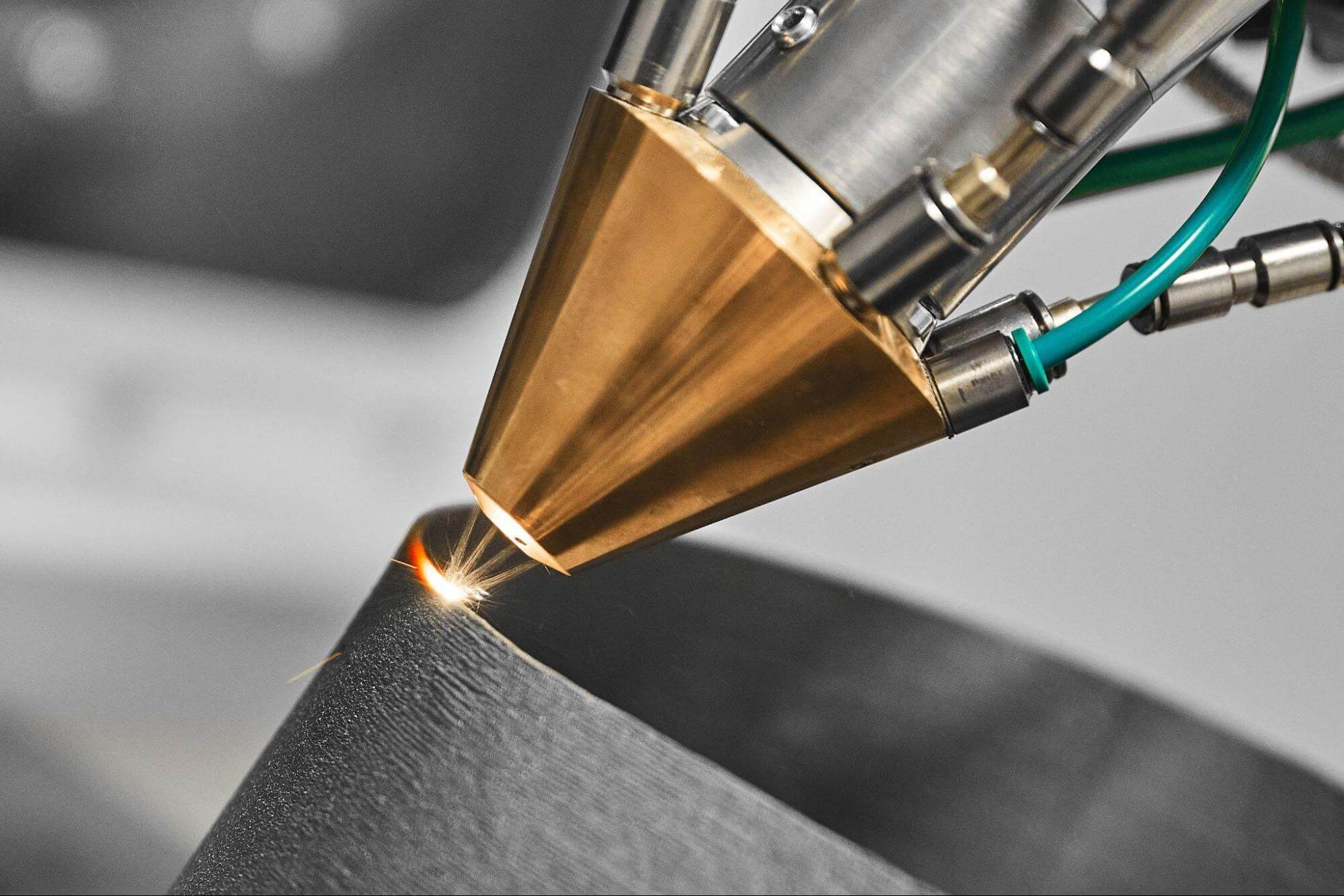
Future Trends in 3D Printing Technology
Emerging trends in 3D printing, including faster speeds, advanced materials, hybrid technologies, and AI-driven optimization, are revolutionizing design, prototyping, and manufacturing. These innovations are shaping the future of additive manufacturing, making 3D printing increasingly vital across industries such as aerospace, automotive, healthcare, and consumer goods.
High-Speed 3D Printing: AI-Assisted Automated Print Optimization
AI-assisted automated optimization is revolutionizing high-speed 3D printing by reducing print times while maintaining quality. AI adjusts settings like layer height and material flow in real time, ensuring efficiency, quality control, and minimal human intervention. This trend is transforming industries like aerospace and automotive, where rapid, high-quality prototypes are essential.
Hybrid 3D Printers: Combining FDM & SLA in a Single Machine
Hybrid 3D printers combine FDM and SLA technologies, offering flexibility to print both durable, large parts (FDM) and fine, detailed models (SLA). This multi-material capability enhances versatility, cost-efficiency, and space-saving, appealing to small businesses and design studios that need both functional and high-resolution parts.
New 3D Printing Materials: Metal Powders, Carbon Fiber Composites, and Flexible Resins
Emerging materials like metal powders, carbon fiber composites, and flexible resins are enabling stronger, more durable, and specialized parts. These materials improve performance and customization, benefiting industries such as aerospace, automotive, and healthcare with high-performance, functional parts.
Cloud-Connected & AI-Powered Printers: Remote Monitoring & Adaptive Settings for Precision Manufacturing
Cloud-connected and AI-powered 3D printers enable remote monitoring, adaptive settings, and precision manufacturing. Real-time adjustments and remote control improve efficiency, quality, and scalability, making them ideal for industries like automotive, medical devices, and consumer electronics where precision is critical.
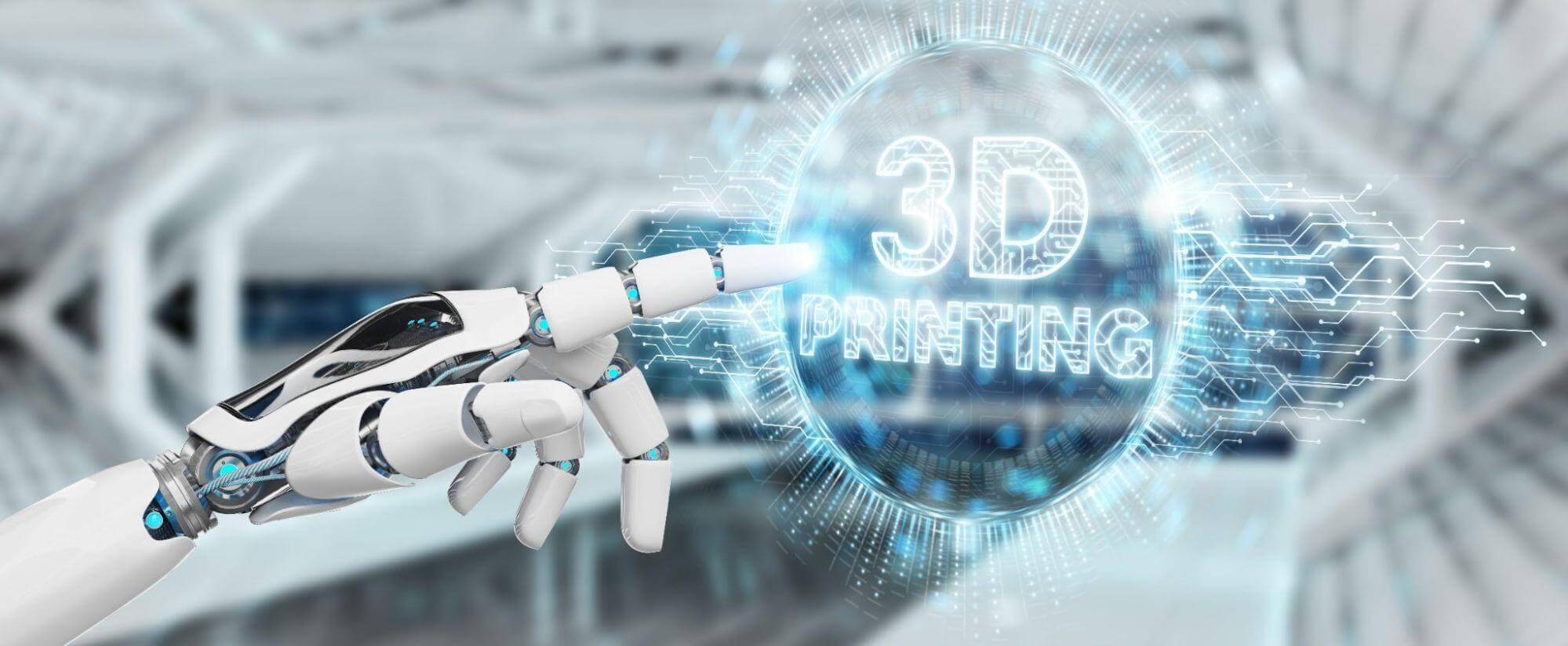
Choosing the Best 3D Printer for Your Needs
Whether as a hobbyist, small business, or industrial manufacturer, choosing the best 3D printer depends on your needs.
- Hobbyists should opt for budget-friendly, easy-to-use models like the Creality Ender 3 V2 Neo or Anycubic Photon Mono X, which offer solid print quality and support common materials like PLA and ABS.
- Small businesses benefit from reliable, versatile printers like the Formlabs Form 3+ or Raise3D Pro3 Plus, which efficiently handle larger builds, multiple materials, and higher volumes.
- Industrial manufacturers require high-performance options like the Stratasys F770 or EOS M 290, designed for advanced materials, high-speed production, and large-scale manufacturing.
Looking ahead, key trends shaping 3D printing include:
- High-speed printing with AI-driven optimization for faster production, benefiting industries like aerospace and automotive.
- High-resolution prints achieve sub-micron detail, crucial for medical devices, precision engineering, and miniatures.
- Automation through cloud-connected, AI-enhanced printers is reducing human intervention and improving efficiency and cost-effectiveness.
As 3D printing advances in speed, resolution, and automation, it continues to drive innovation across industries, making it an increasingly essential tool for creators and manufacturers alike.
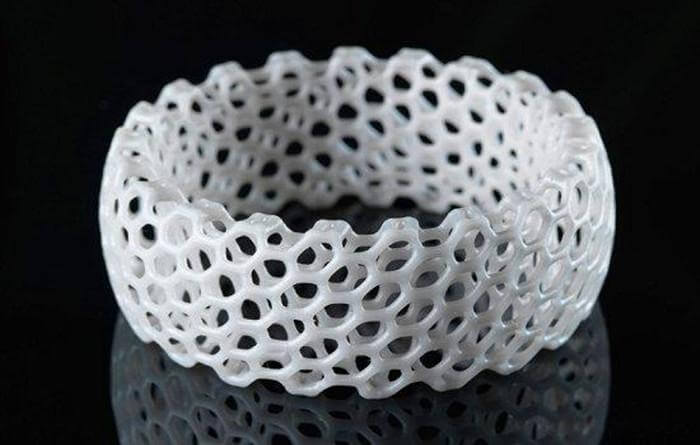
Use Fictiv for 3D Printing
At Fictiv, we offer on-demand 3D printing services with instant quotes and parts delivered as fast as 24 hours. Whether you’re prototyping or scaling to production, we provide 45+ material and finishing options to meet your exact needs. Get a quote from Fictiv today to explore the best 3D printing solutions for your business.
